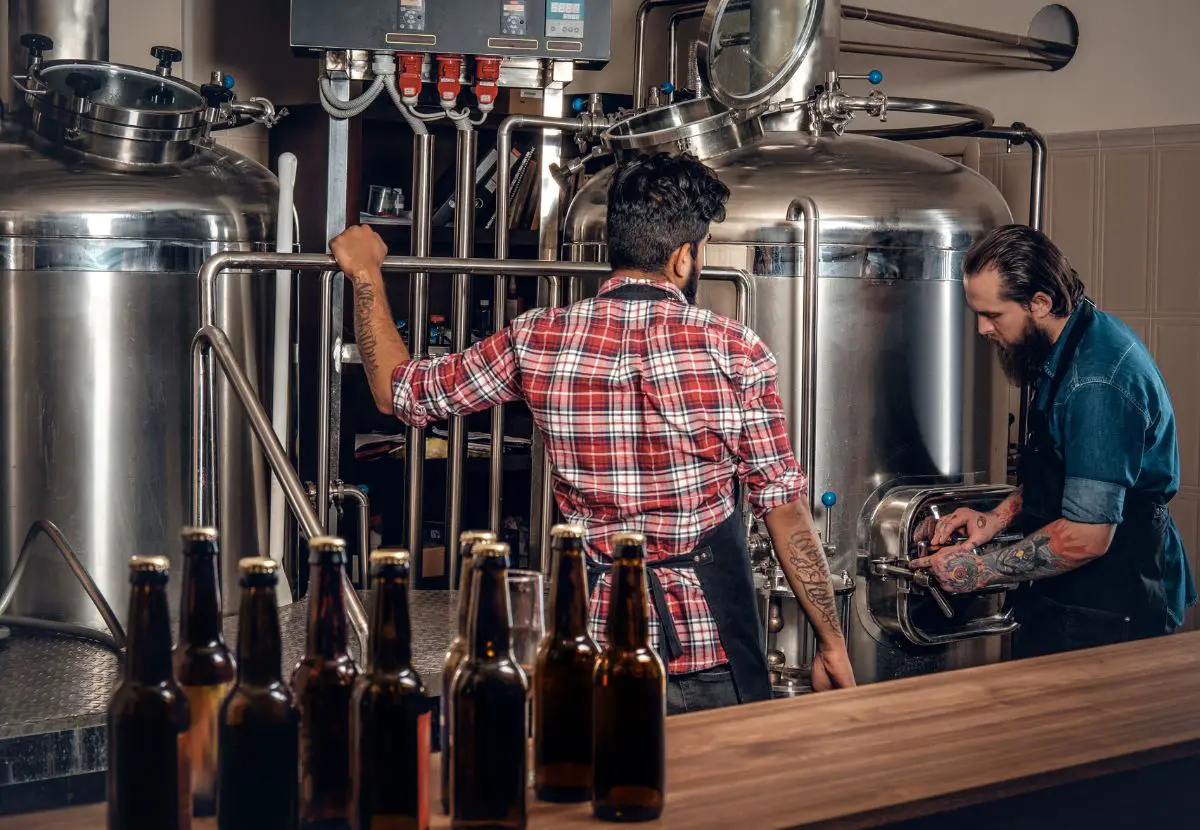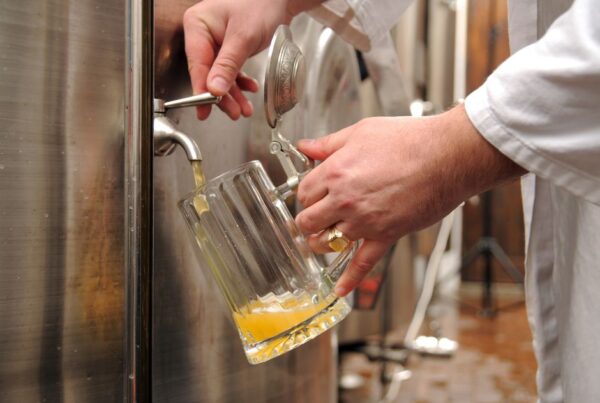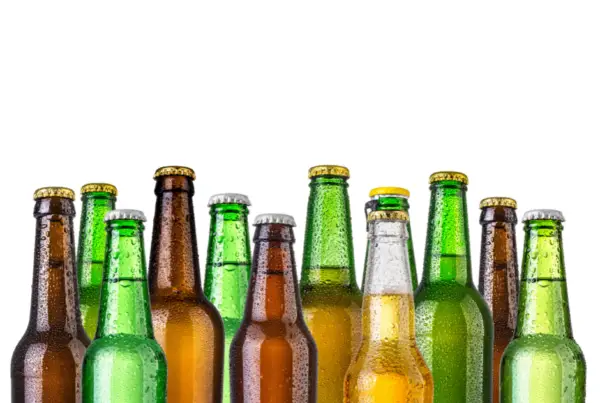What Are The 4 Steps of Brewing Beer?
Brewing beer is more than just slapping a few ingredients together, giving it a stir, and hoping for the best. It’s part chemistry, part alchemy, part patience—and part all of the above.
If you’ve ever thought about making your own beer but panicked at the thought of boiling and mashing (they sound intense, don’t they?)—or gave up as soon as they started throwing around words like “lautering,” “sparging,” and “zymurgy“—stick around.
We’re about to head out on a journey that’s slightly less thrilling than space travel, but definitely better tasting than that freeze-dried astronaut food.
Brewing Beer: Not Rocket Science, But Close
The 4 Stages of Brewing Beer
While brewing beer can be an intricate process with any number of numerous detailed sub-steps, we can distill it down to 4 general stages:
- Mashing – This is where the brewer combines malted grains (most often barley) with hot water in a mash tun. Over time, the heat activates enzymes in the malt, converting the starches into fermentable sugars. This creates a liquid called “wort,” which is essentially unfermented beer.
- Boiling – The wort is transferred to a kettle where it is boiled, typically for an hour or so. Hops are added during this step, imparting bitterness, flavor, and aroma to the beer. Boiling also serves to sterilize the wort.
- Fermentation – The boiled wort is cooled down and transferred to a fermentation vessel. Yeast is added, and it begins consuming the sugars in the wort. This produces alcohol and carbon dioxide. This can take several days to weeks, depending on the beer style.
- Packaging/Conditioning – After fermentation, the beer is either bottled, kegged, or canned. During packaging, it might be carbonated by adding a little sugar (to initiate secondary fermentation) or by force-carbonating with CO2. The beer is then allowed to condition, which helps flavors mature and meld together.
Let’s look at each of these steps in more detail.
Beer Brewing Step 1: Mashing
Before we can mash, we must first malt. During malting, grains (i.e. barley) are soaked in water to germinate. During germination, enzymes are activated, which convert the starches in the grain into fermentable sugars. The germinated barley is then dried in a kiln to halt the germination process and create malt.
Now, we’re ready to do the mash. Mashing includes crushing the malt and mixing it with hot water in a vessel called a mash tun. The purpose of mashing is to allow the enzymes in the malt to break down the starches into fermentable sugars. The temperature of the mash is carefully controlled to create specific types of sugars and achieve the desired beer characteristics.
Beer Brewing Step 2: Boiling (and Hopping)
After mashing, the resulting sweet liquid, known as wort, is separated from the solid remnants of the malt through a process called lautering. The wort is then transferred to a brew kettle and boiled.
Next, hops are added to the wort. Hops not only contribute bitterness to balance the sweetness of the malt but also impart various flavors and aromas to the beer depending on the type of hop. The timing and quantity of hop additions play a significant role in determining the beer’s final taste.
Beer Brewing Step 3: Fermentation
After the boiling is complete, the wort is cooled rapidly and transferred to a fermentation vessel. Yeast is added to the cooled wort, and fermentation begins. The yeast consumes the fermentable sugars, producing alcohol and CO2 gas (carbonation) as byproducts.
This process typically takes several days to weeks, depending on the type of beer being brewed. After fermentation, the beer may undergo additional carbonation, conditioning, or aging before it is finally packaged and ready for consumption.
Beer Brewing Step 4: Packaging/Conditioning
It may surprise you to see packaging as one of 4 steps of beer brewing—but the packaging stage is an essential part of the process, particularly when considering the final quality and shelf life of the beer—and ensuring that the consumer gets to experience the beer as the brewer intended. Here’s why:
- Maintaining beer quality
- Controlling carbonation
- Preventing oxygen exposure and contaminants
- Enabling proper beer storage and distribution
Additionally, from a commercial perspective, a beer’s packaging and labeling plays a considerable role in branding and marketing for breweries. So while one could certainly argue that the “brewing” is technically complete once the fermentation step has finished, one could also counter that it’s like saying you’re finished cooking when the oven timer goes off, then walking away with the food still sitting inside the oven.
A bunch of beer in a vat isn’t going to woo consumers—and nobody ever toasted with a tank of liquid.
Last Call
Alright, let’s bottom-line this brew talk. As you can see, brewing beer includes more than just four simple stage. And it isn’t just a casual mix-and-match game of grains and hops. It’s an odyssey from grain to glass—one that Homer (either one of them) would approve of.
If you’ve stuck around with us this long, you’re clearly serious about the craft—and not just a casual observer anymore. So, here’s to the crazy ones: The apron-clad alchemists, the wizards of wort, and to you—the brewmaster-in-the-making.
If this article has piqued your interest in beer terminology, or if you’re just thirsty for more knowledge (or beer)… well, you know where to find us. Come hang out at Hops Hunters, where we break down everything about beer—one sip at a time.






